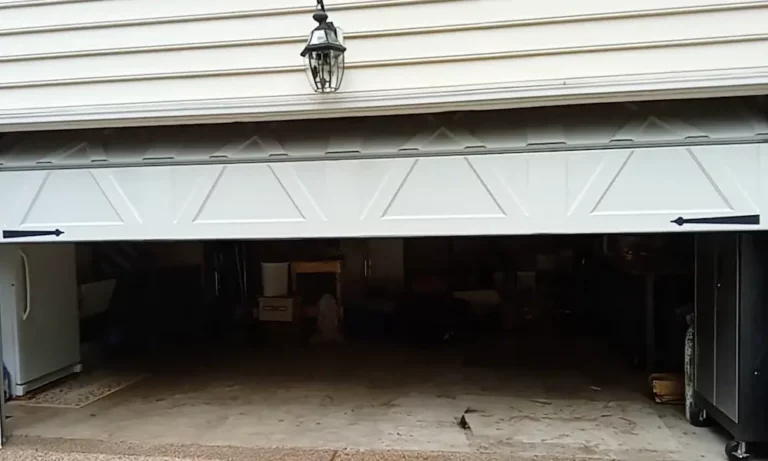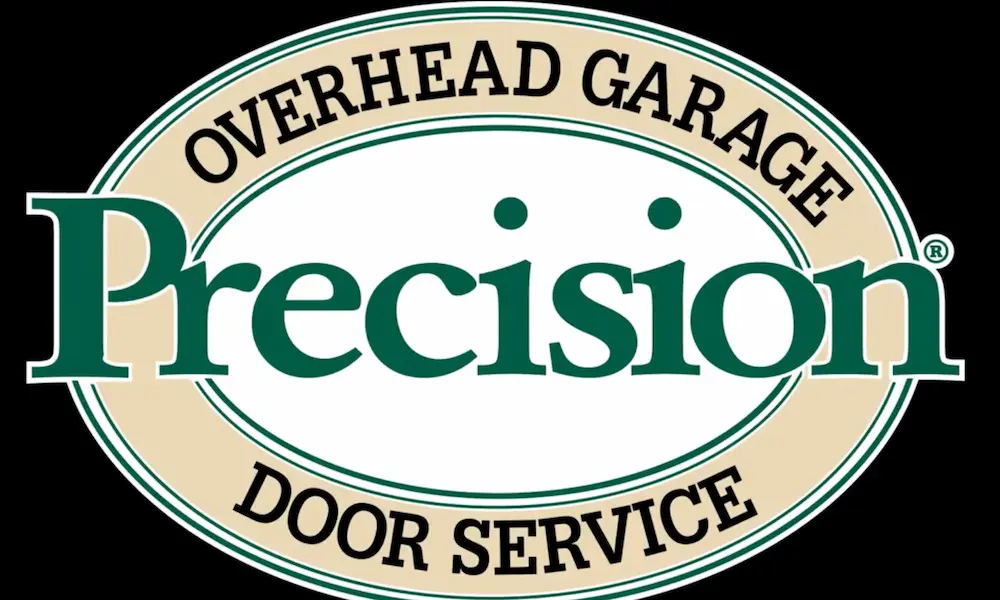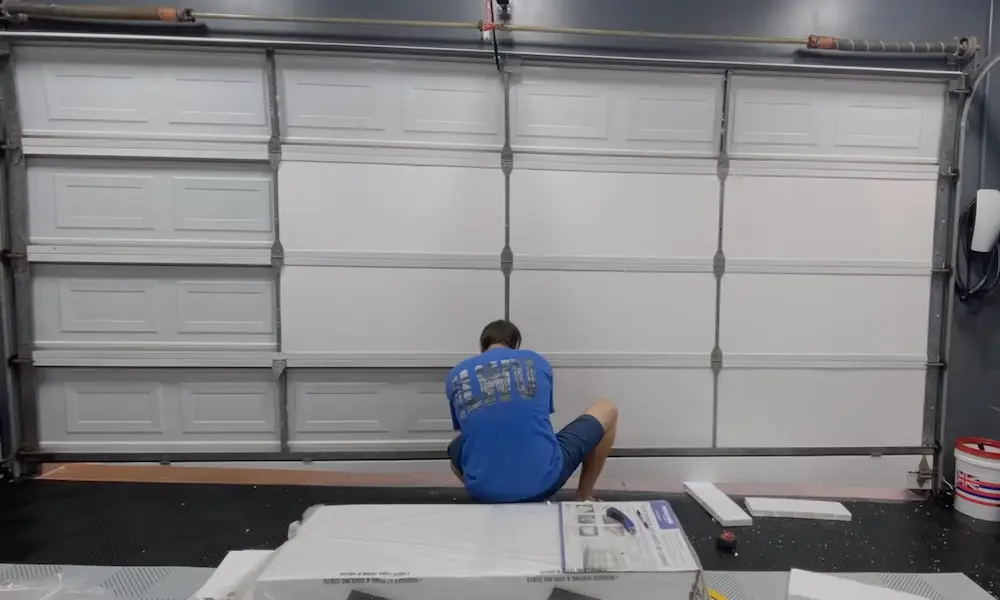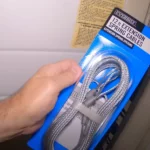Got a broken garage door spring and need to get in or out fast? This situation can be frustrating and potentially dangerous if not handled correctly. Your garage door might weigh anywhere from 130 to 500 pounds depending on its size and material—and those springs are what make it possible to lift all that weight.
I’ll walk you through what you need to know about safely dealing with this common but tricky problem, including how to identify a broken spring, the safest ways to open your door manually, and why getting professional help is usually your best option.
What Happens When a Garage Door Spring Breaks?
When your garage door spring breaks, it’s not just an inconvenience—it fundamentally changes how your door operates.
The Critical Role of Garage Door Springs
Garage door springs do the heavy lifting—literally. They store energy that counterbalances your door’s weight, making it possible for you to lift it manually or with a motor that would otherwise be too small for the job.
There are two main types:
- Torsion springs: Mounted horizontally above the door, these use rotational force and can exert over 1,000 pounds of torque
- Extension springs: Run parallel to the horizontal tracks and stretch to provide lifting energy
Warning Signs of a Broken Spring
You might have a broken spring if:
- You heard a loud “bang” or “snap” coming from your garage
- Your opener motor runs but the door barely moves
- The door feels extremely heavy when you try to lift it manually
- Your door starts to open but immediately reverses
- You can see a visible gap in the spring coils
These symptoms almost always indicate spring failure rather than an opener problem.
Safely Opening Your Garage Door With a Broken Spring
While it’s technically possible to open a garage door with a broken spring, you’ll need to proceed with extreme caution.
Safety First: Before You Try Anything
- Stop using your automatic opener immediately to prevent motor burnout
- Inspect the door visually from a safe distance to confirm it’s a spring issue
- Never attempt to repair the spring yourself – this requires specialized tools and training
Manual Opening Method: Step-by-Step
If you absolutely must open your garage door with a broken spring, we recommend following these steps:
- Disconnect the automatic opener
- Locate the emergency release cord (usually red) hanging from the opener rail
- Pull down to disconnect the opener from the door
- Be careful: if the door is partially open, it may fall when disengaged
- Gather help and safety equipment
- Get at least one other adult to help (two for single doors, four for double doors)
- Wear protective gear: work gloves, steel-toed boots if possible, and eye protection
- Have C-clamps or vice grips ready
- Lift carefully and strategically
- Position helpers evenly along the bottom of the door
- Lift with your legs, not your back
- For torsion springs: lift from the center
- For extension springs: focus more force on the side with the broken spring
- Secure the door as you go
- Raise the door in 12-inch increments
- After each lift, secure the door with C-clamps on the vertical tracks just below the rollers
- For added security, wedge a 2×4 under the door when fully raised
This incremental approach helps manage the door’s weight safely.
Why Manual Opening is Dangerous
The risks of manually opening a garage door with broken springs cannot be overstated.
Physical Risks to Consider
- Extreme weight: Without spring counterbalance, you’re lifting the door’s full weight
- Unpredictable movement: The door may slip, fall, or move unevenly
- Back and muscle injuries: The awkward lifting position can cause serious injuries
- Crushing hazards: Fingers, hands, or feet can get caught under a falling door
- Secondary damage: Other components may fail under uneven stress
Overhead Door Company of Huntsville reports that 23% of garage door injuries involve uncontrolled door movement, often during manual operation after spring failure.
Potential for Further Damage
Manual operation with broken springs can cause:
- Bent or warped tracks
- Damaged rollers
- Stretched cables
- Additional strain on any remaining functional springs
When to Get Professional Help (And Why)
While DIY approaches might seem cost-effective, the numbers tell a different story.
DIY vs. Professional Repair: A Comparison
| Factor | DIY Approach | Professional Service |
|---|---|---|
| Parts Cost | $20-50 per spring | $150-400 total |
| Required Tools | $200+ for winding bars | Included in service |
| Time Required | 4-8+ hours | 1-2 hours |
| Risk Level | Very high | Minimal |
| Warranty | None | Full coverage |
| Insurance Coverage | May be void | Maintained |
Why Professionals Are Worth It
Professional garage door technicians:
- Have specialized training and proper tools
- Can correctly diagnose related problems
- Work safely with high-tension components
- Complete repairs in a fraction of the time
- Provide warranties on parts and labor
- Maintain your door manufacturer’s warranty
As Cressy Door points out, 94% of manufacturers void warranties for spring repairs attempted without certified technicians.
Prevention and Maintenance Tips
The best way to handle garage door spring problems is to prevent them from happening in the first place.
Regular Maintenance Checks
- Monthly visual inspection: Look for wear, rust, or gaps in springs
- Balance test: Disconnect the opener and manually raise the door halfway—it should stay put
- Lubrication: Apply garage door lubricant to springs every 6 months
- Professional tune-ups: Have your door professionally serviced annually
Signs Your Springs Need Replacement
Even before a complete break, springs show warning signs:
- Door operation becomes noisy or jerky
- Door doesn’t open evenly
- Springs show visible rust, stretching, or gaps
- Door has become harder to open manually
Emergency Situations: Your Action Plan
If you’re caught with a broken spring in an urgent situation, here’s what to do:
If Your Car is Trapped Inside
- Call a professional garage door service that offers emergency repairs
- Explain the situation and ask for priority service
- If absolutely necessary, follow the manual opening procedure with multiple helpers
- Never attempt temporary spring repairs to get your car out
If You’re Unable to Enter Your Home
- Use alternative entrances if possible
- Call an emergency garage door service
- If necessary, have them coordinate with a locksmith
- Consider installing an emergency battery backup system for future outages
Many professional services offer 24/7 emergency assistance specifically for these situations.
Understanding Garage Door Spring Replacement
While you shouldn’t attempt to replace springs yourself, understanding the process helps you make informed decisions.
Types of Replacement Springs
- Torsion springs: More expensive but typically last longer (15,000-20,000 cycles)
- Extension springs: Less costly but shorter lifespan (10,000 cycles)
- Galvanized springs: Rust-resistant option for humid climates
- Oil-tempered springs: Standard option for most installations
What to Expect From Professional Service
A professional spring replacement typically includes:
- Comprehensive door inspection
- Removal of broken springs
- Installation of new springs with proper tensioning
- Lubrication of all moving parts
- Full door balance and operation testing
- Safety sensor check and adjustment
Special Considerations for Different Door Types
Not all garage doors are created equal when it comes to handling broken springs.
Single vs. Double Springs
Many doors have two springs that work together. If one breaks:
- The door becomes partially unbalanced
- The remaining spring takes extra stress
- Manual operation is still dangerous but somewhat easier
- The second spring typically fails soon after the first
Lightweight vs. Heavy Doors
- Aluminum doors (130-150 lbs): Still dangerous but may be manageable with sufficient help
- Wooden doors (250-400 lbs): Extremely hazardous to lift manually with broken springs
- Insulated steel doors (200-300 lbs): Present significant injury risk without spring assistance
Innovative Solutions for Garage Access
Modern technology offers alternatives to traditional garage door operation during emergencies.
Smart Garage Solutions
- Battery backup systems that work during power outages
- Smartphone-controlled secondary access doors
- Keypads with emergency override functions
- Remote monitoring systems that alert you to spring issues
Temporary Workarounds
If you must wait for professional help:
- Use side doors or windows if possible
- Consider temporary vehicle storage alternatives
- Secure the garage door in its current position to prevent unauthorized access or further damage
The Bottom Line on Opening Garage Doors with Broken Springs
While it’s technically possible to open a garage door with broken springs, the significant risks to your safety, your property, and your warranty make professional service the wisest choice in almost all cases.
If you absolutely must open the door manually:
- Never work alone
- Use proper safety equipment
- Secure the door at every stage
- Call professionals as soon as possible
Remember that garage door springs store massive amounts of energy—enough to cause serious injury or death when handled incorrectly. Your safety is worth more than the cost of emergency service.
















